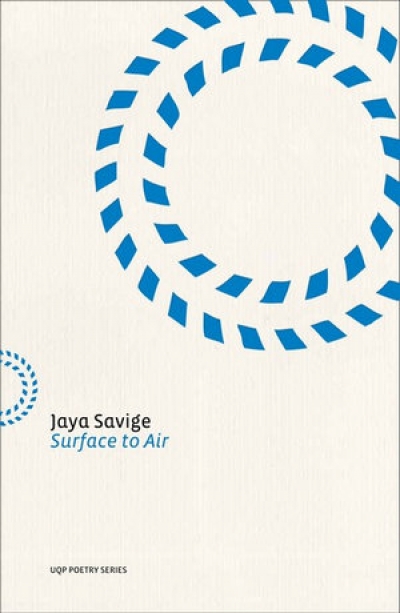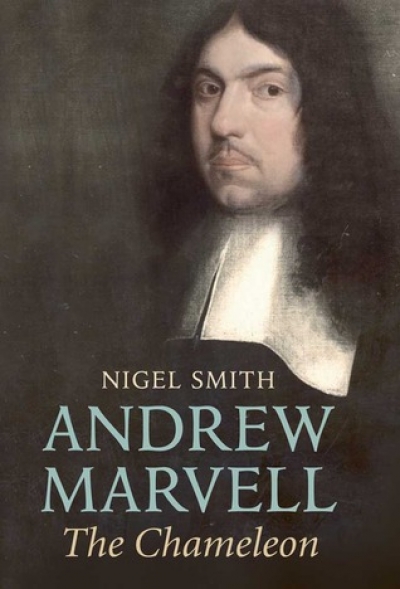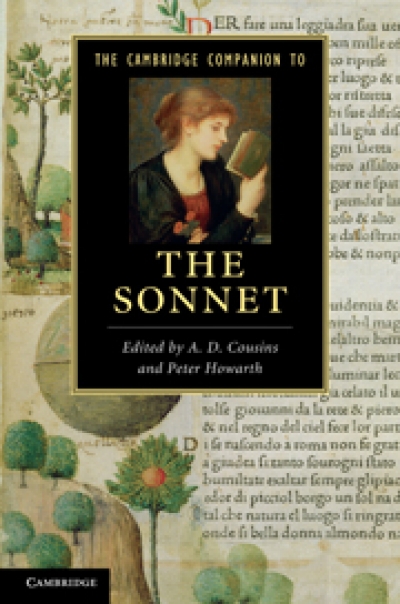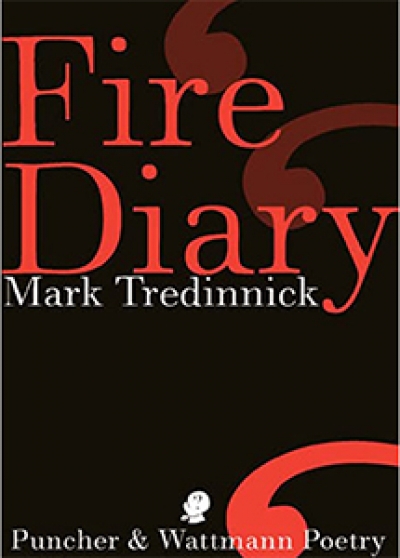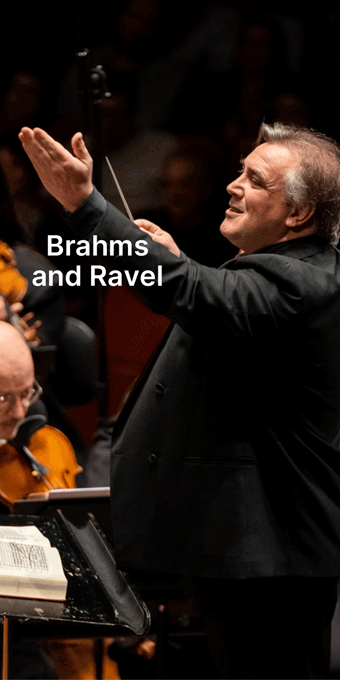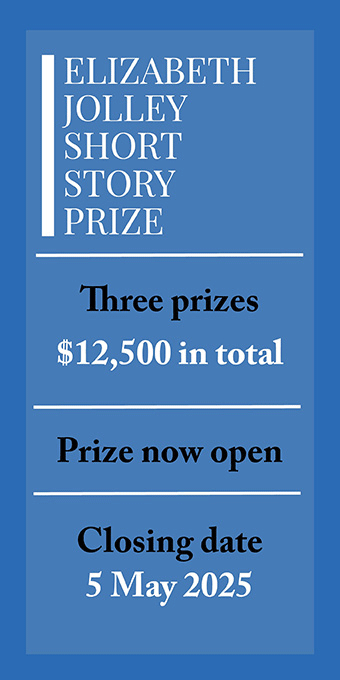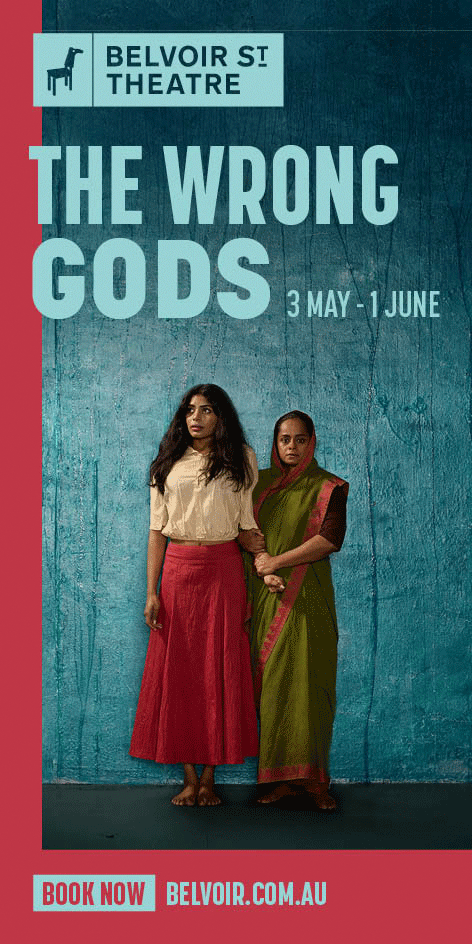Poetry
The Wing Collection: New and Selected Poems by Diane Fahey
With 1086 pages of poems and critical biographies, Australian Poetry Since 1788 – the third anthology co-edited by Robert Gray and myself – is by far the largest anthology of Australian poetry to date, and at least twice the size of its predecessors. Perhaps controversially, it has fewer poets than many earlier anthologies, with only 174 named poets. But it covers the gamut of Australian poetry, including convict and bush ballads, translations of Aboriginal songs, humorous verse, concrete poetry, and generous selections of Australia’s major poets and of the younger contemporary poets. We have tried to be catholic, rigorous, and objective, while listening carefully (with our very subjective ears) to the many different voices from which we had to choose.
... (read more)Activist Poetics: Anarchy in the Avon Valley by John Kinsella, edited by Niall Lucy
Julian Croft reviews 'Fresh Linen' by Gary Catalano, 'The Hooded Lamp' by Roland Robinson, and 'At Valentines' by Ken Taylor
These three volumes, reprints of books published in the 1970s and 1980s, appear in the Art Box Series by Picaro Press. Reasonably priced, they will give contemporary readers a sense of the seedbed of Australian poetry a few decades ago. These volumes do just that. It would be hard to imagine a ...
... (read more)





